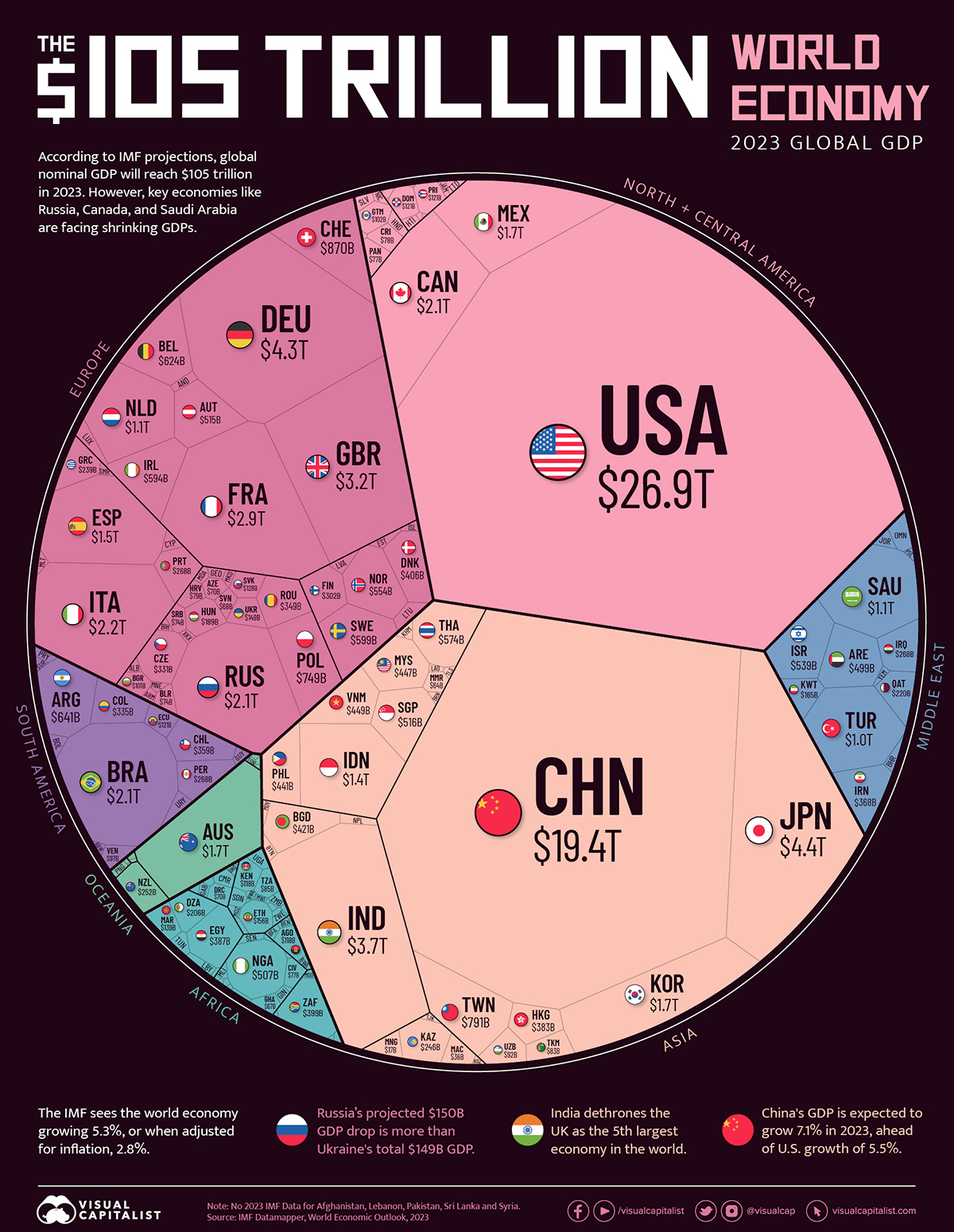This project utilizes Recurrent Neural Networks (RNNs) to analyze and forecast the Gross Domestic Product (GDP) trends based on data from the FRED Economic Data St. Louis Database. It specifically explores how GDP has evolved over time and applies advanced time series analysis techniques to predict future economic scenarios. With the backdrop of the IMF's 2023 projection of a global GDP reaching $105 trillion, this analysis becomes crucial for understanding potential growth trajectories and economic resilience in varying global conditions.
Implements RNNs to capture the sequential dependency across quarterly GDP data, highlighting trends and potential cyclic behavior.
Breaks down the GDP data into trend, seasonal, and residual components, allowing for a nuanced understanding of underlying patterns.
Enhances the dataset with features derived from raw time series data, improving the model's learning capability.
- Python
- Time Series Analysis
- Recurrent Neural Networks
- Data Visualization
- Statistical Modeling
- Keras
- TensorFlow
- Enhance Forecasting Models: Explore more sophisticated neural network architectures like LSTM and GRU to improve accuracy and reduce forecasting errors.
- Expand Economic Indicators: Integrate additional economic indicators such as inflation rates, unemployment rates, and consumer indexes to create a more robust model.
- Real-Time Data Integration: Develop a system to ingest real-time economic data, allowing for more dynamic and timely GDP forecasts.



